[Photo story] Whampoa Military Academy centennial and the Chiang family legacy
Amid the recent events in Taiwan and mainland China commemorating the 100th anniversary of the Whampoa Military Academy, historical photo collector Hsu Chung-mao examines the history of cross-strait relations and how to heal a rift that cannot be denied.

(All photos courtesy of Hsu Chung-mao)
On 15 June 2024, the Taipei City government launched a photo exhibition on the “Spirit of the Whampoa Military Academy” at the City Hall courtyard. Taipei Mayor Wayne Chiang Wan-an presided over the lively event, which was attended by crowds of people, including over a hundred retired high-ranking military officers.
The next day, President Lai Ching-te also spoke at a ceremony at the Republic of China Military Academy (the current iteration of the Whampoa Military Academy) in Kaohsiung to commemorate the centennial of the academy. In fact, both sides of the Taiwan Strait celebrated the milestone, as the mainland Chinese government also held grand ceremonies in Guangzhou — the old site of the academy — and Beijing.






The event in Taipei was especially meaningful, as it would influence Taiwan’s internal politics and shine a ray of hope for cross-strait peace.
Establishment of the ROC
The Taipei City government’s celebration has three layers of meaning that are closely linked and inseparable: first, it represents the historical heritage of Taiwan’s political development; second, it affects cross-strait relations; and third, it is related to mayor Chiang’s family background and political prospects.
First, the history of Whampoa Military Academy dates back to the revolution led by Sun Yat-sen in the late 19th century. At that time, China had not yet entered the modern era, and Sun’s revolutionary strength mostly came from traditional clans, community relations and even his personal connections.

So, Sun’s early revolutionary efforts in raising funds, recruiting troops and smuggling weapons mainly involved the Cantonese and Hokkien community in the Nanyang region, or Southeast Asia. In 1905, he met Hunanese revolutionaries in Tokyo and established the Tongmenghui (Revolutionary Alliance). And so the Cantonese and Hunanese became the backbone of the early revolution.
The Russo-Japanese war broke out in northeast China, and the use of new weapons dealt a heavy blow to the Qing government. They immediately invited German military experts to train China’s first modern army — the “New Army” — led by Yuan Shikai, the governor-general of Zhili in Hebei Province.
The revolutionaries began to spread their ideas within the new military, calling on them to join the revolution. On 10 October 1911, the Wuchang Uprising broke out, and the revolutionary forces were mainly composed of New Military troops who had defected. Yuan’s forces quickly regained control of Wuchang, but the southern provinces declared independence from the Qing government, leading to a stalemate between the north and south.
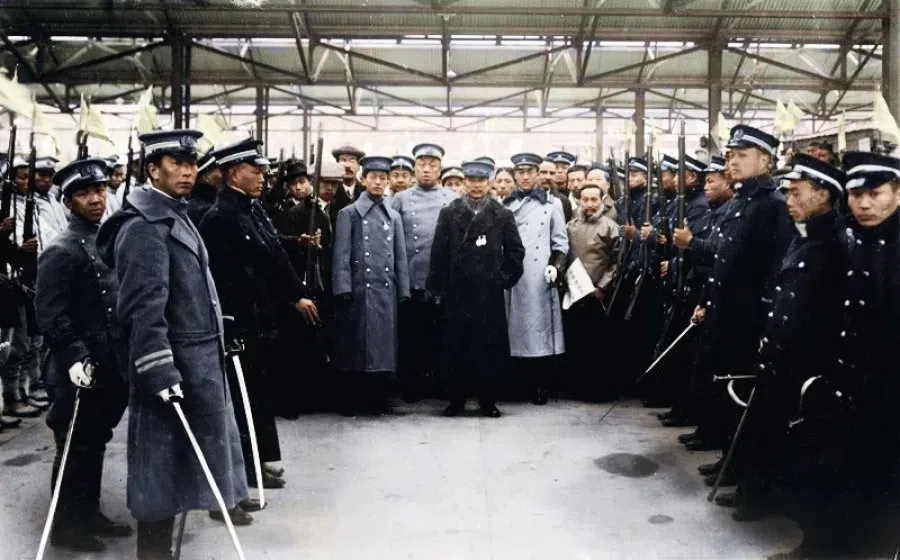
During the negotiations, Yuan promised the revolutionaries that he could force the Qing government to abdicate and support the establishment of a republic, but he needed their political support. At the same time, he told the Qing government that he could secure the support of the revolutionaries and allow the Qing government to retire peacefully, with various privileges; if they did not accept, they may meet the same fate as French king Louis XVI.
Under Yuan Shikai’s manipulation, the Qing government ended its 260-year rule, and the revolutionaries agreed to let him become the first president of the Republic of China (ROC).
However, after the ROC was established, Yuan monopolised all power and moved the capital from Nanjing to Beijing. Sun Yat-sen was forced to flee to Japan, where he established the Chinese Revolutionary Party. In 1915, Yuan declared the restoration of the monarchy and established the Chinese Empire. The entire nation objected, and the short-lived fiasco ended after just three months, with Yuan Shikai passing away soon after.
During this period, Sun also focused on theory, proposing the “Three Principles of the People” — nationalism, democracy and people’s livelihood — as the guiding ideology for China’s future development.
Period of turmoil
The subsequent period in China was marked by warlords vying for power, known as the Beiyang government era. Sun Yat-sen ended his exile in Japan and established a military government in Guangzhou in 1917, preparing to rely on local forces to unify China. However, the local forces were content with their regional power and did not want to take risks. They rebelled against Sun, who was forced to flee.
After years of fruitlessly searching for a revolutionary path, the success of the 1917 Russian Revolution and the 1922 expulsion of Western imperialism brought a ray of light to China’s revolution and hope to the oppressed masses around the world.
In 1920, the Chinese Communist Party (CCP) was established in Shanghai, and in 1922, it joined the Communist International (Comintern), becoming part of the global proletarian revolution under the leadership of the Soviet Union. Subsequently, Sun Yat-sen cooperated with the Comintern, allowing the CCP to join the Kuomintang (KMT) as individuals, with the Soviet Union helping to transform the KMT into a Leninist party, by providing weapons and setting up a party army.
During this period, Sun also focused on theory, proposing the “Three Principles of the People” — nationalism, democracy and people’s livelihood — as the guiding ideology for China’s future development.
In January 1924, the KMT held its first national representative convention; and on 16 June, the KMT’s military academy was formally established in Guangzhou’s Whampoa district, with Sun Yat-sen as the founder, Chiang Kai-shek the principal, and Zhou Enlai of the CCP as director of its political department.
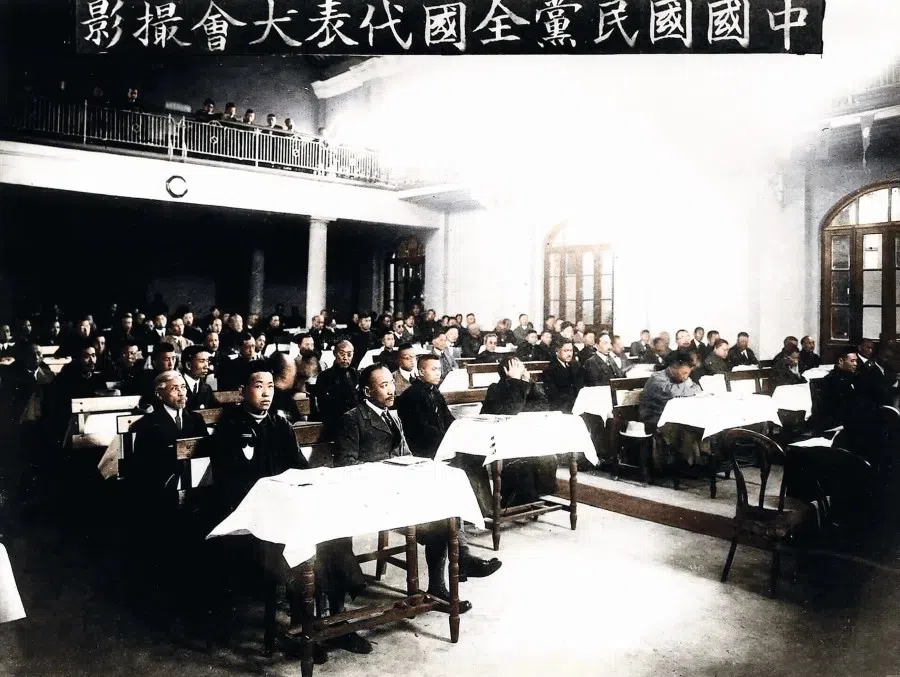

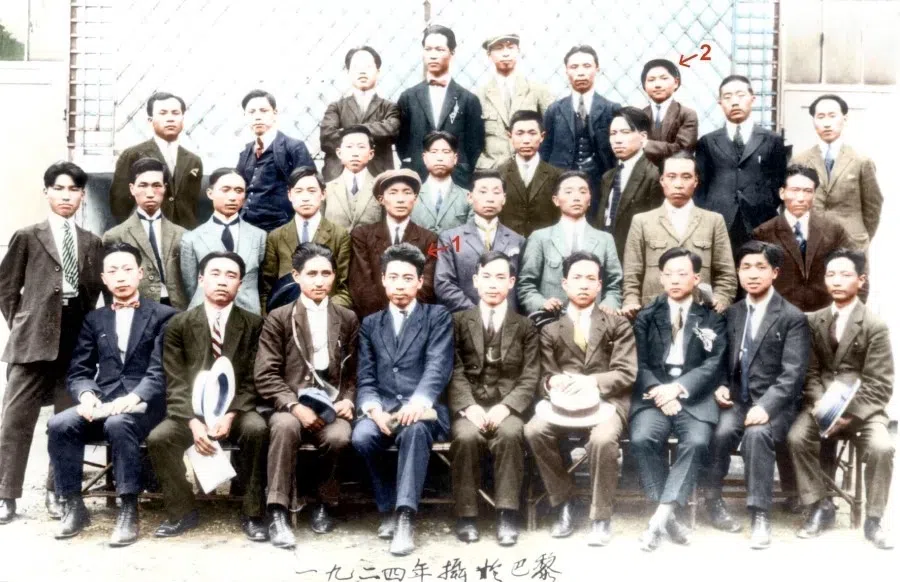
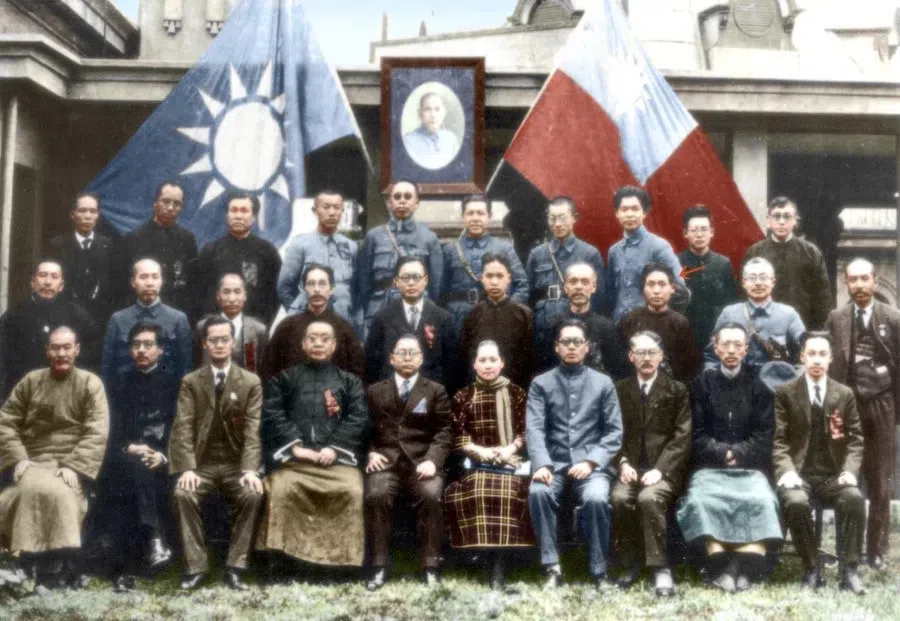
Among the first three batches of students were future military leaders of both the KMT and CCP, including Lin Biao, who was later regarded as a military genius. This was China’s first modern armed force that had ideology, organisational discipline and operational ability. Its numbers were few at first, but it was a strong fighting force — within just a year, it had swept away warlord forces in Guangdong and Guangxi and unified the two provinces.
In 1925, Sun Yat-sen went to Beijing to discuss a plan for China’s peace, but fell ill and died there. After his death, young military leaders led by Chiang Kai-shek quickly rose to prominence. In 1926, the Nationalist Revolutionary Army, led by the Whampoa Military Academy, launched the Northern Expedition, unifying the country within two years and establishing the KMT government in Nanjing.
So, the military history of both the KMT and CCP are closely related to the Whampoa Military Academy, and both parties once fought side by side for a common political goal.



However, this also led to the first split between the KMT and CCP, while the CCP’s first armed force was also split off from the Northern Expedition Army. So, the military history of both the KMT and CCP are closely related to the Whampoa Military Academy, and both parties once fought side by side for a common political goal. This experience can serve as a historical basis for reconciliation between the two parties.
But while the KMT and CCP later cooperated against Japanese aggression, they split again after the war, and the CCP eventually achieved complete victory, establishing the People’s Republic of China (PRC) in opposition to the ROC, which retreated to Taiwan — a historical legacy that still exists today.
President Tsai Ing-wen never commemorated Sun’s Xinhai Revolution or the victory in the war of resistance against Japan and Taiwan’s retrocession, because these events would acknowledge Taiwan as part of Chinese history...
DPP and KMT’s differing stances
Whampoa is a deep historical memory, symbolising the common goals shared by Chinese people of different parties: driving out imperialism, reviving Chinese civilisation, and embodying the soul of sacrificing for the nation.
Hence, for a complete narrative, any discussion about Whampoa’s history would definitely emphasise the academy’s establishment, the Eastern Expedition, the Northern Expedition, the War of Resistance, the Civil War, and the defence of Taiwan. This connects the historical heritage of the ROC in Taiwan to the experiences of that period on the mainland, serving as the basis for the “One China” dialogue between the two sides, and the foundation for peace across the Taiwan Strait.
The problem is that Taiwan’s current ruling Democratic Progressive Party (DPP) advocates for Taiwan independence, and completely cuts off the ROC’s historical and spiritual connections with the mainland, so they do not mention Sun Yat-sen and instead allow their supporters to vilify Chiang Kai-shek in various ways.
During her eight years in power, President Tsai Ing-wen never commemorated Sun’s Xinhai Revolution or the victory in the war of resistance against Japan and Taiwan’s retrocession, because these events would acknowledge Taiwan as part of Chinese history, undermining the DPP’s argument for Taiwan independence. The KMT has also failed to make an effort to change this political direction, resulting in the DPP’s dominance over Taiwan’s historical narrative.

President Lai Ching-te’s speech at the Republic of China Military Academy in Kaohsiung reiterated the history of the ROC’s Eastern Expedition, Northern Expedition and war of resistance against Japan, but he also reiterated his previous statement that “the Republic of China and People’s Republic of China are not subordinate to each other”. These two statements are contradictory and provocative to Beijing, which views Lai’s actions as mere political posturing.
Moreover, Lai failed to mention Sun Yat-sen and the first director of the Whampoa Military Academy, Chiang Kai-shek, effectively erasing the source of the academy’s founding, making it unconvincing and devoid of any historical emotional resonance.
Wayne Chiang’s actions effectively reversed the narrative set by Tsai and was a brave first step in giving the KMT a renewed sense of spiritual strength.
In contrast, during Wayne Chiang’s speech, images of Sun Yat-sen and Chiang Kai-shek were prominently displayed, and the exhibition fully presented the development of the ROC since the 1911 Xinhai Revolution, including its significant contributions during the Second World War. Wayne Chiang’s actions effectively reversed the narrative set by Tsai and was a brave first step in giving the KMT a renewed sense of spiritual strength.


And at the Beijing ceremony, Chinese President Xi Jinping emphasised that the current mission of the academy’s alumni is to “oppose independence and promote unification”.
As a direct descendant of Chiang Kai-shek, Wayne Chiang emphasised that “the ROC is there, and the orthodoxy of the Whampoa Military Academy is there”, differing from Beijing’s commemoration of the academy. By using the Whampoa Military Academy to bring the ROC back into the framework of Chinese history, Wayne Chiang’s statement will help to mitigate the crisis of historical rupture between the two sides of the Taiwan Strait, and it is a positive sign for the prospect of cross-strait peace.
Given who Chiang Ching-kuo was, the children’s identity was kept hidden but rumours abounded. A more reliable version is that Chiang Ching-kuo had his trusted aide, Wang Sheng, take care of the two brothers and later bring them to Taiwan.
Secret family
The other side of this meaningful historical commemoration is the legendary personal background of Wayne Chiang. His previous surname was Chang (章), and he was always looking into his origins since young.
When he ran for Taipei mayor in 2022, he published a book about his youth. While in middle school, he came across a book about Chiang Ching-kuo in the school library and was deeply shocked to discover his true background. Later, when his father revealed his lineage to him and his sister, he was already mentally prepared.
And the source of this chapter in history is related to the cooperation between the CCP and KMT in 1924. The success of the revolution in the Soviet Union was a great inspiration to China. Chiang Kai-shek and his wife Mao Fumei had a son named Chiang Ching-kuo, who was eager to learn and serve the country from a young age.
The year after the KMT-CCP cooperation, 15-year-old Chiang Ching-kuo decided to study at Moscow Sun Yat-sen University, where he experienced the Soviet Union’s prosperous decade and the terror of Stalin’s purges in the 1930s.
He also attended the Soviet Military Intelligence School under the Leningrad State University (now Saint Petersburg State University) and served as a student soldier in the Red Army’s First Division. In December 1927, Chiang Ching-kuo transferred to the Central Tolmachev Military and Political Institute. He later worked in a grassroots factory and subsequently rose through the ranks from a labourer to become a technician at the Ural Heavy Machinery Plant.
The KMT and the CCP split during this period, and the KMT led by Chiang Kai-shek was in opposition to the Soviet Union. As Chiang Kai-shek’s son, Chiang Ching-kuo was effectively held hostage by Stalin.
The Xi’an Incident of 1936 led to the second cooperation between the KMT and the CCP, and China and the Soviet Union shared a common interest in opposing Japan. With the change in the political environment, Chiang Ching-kuo’s application to return to China was finally approved.
In 1937, Chiang Ching-kuo, now a 27-year-old military officer, finally returned to China after 13 years, with his wife Faina Ipatyevna Vakhreva (Chiang Fang-liang 蔣方良), whom he had married in the Soviet Union. The young Chiang Ching-kuo was happily reunited with his father and soon threw himself into the war effort.


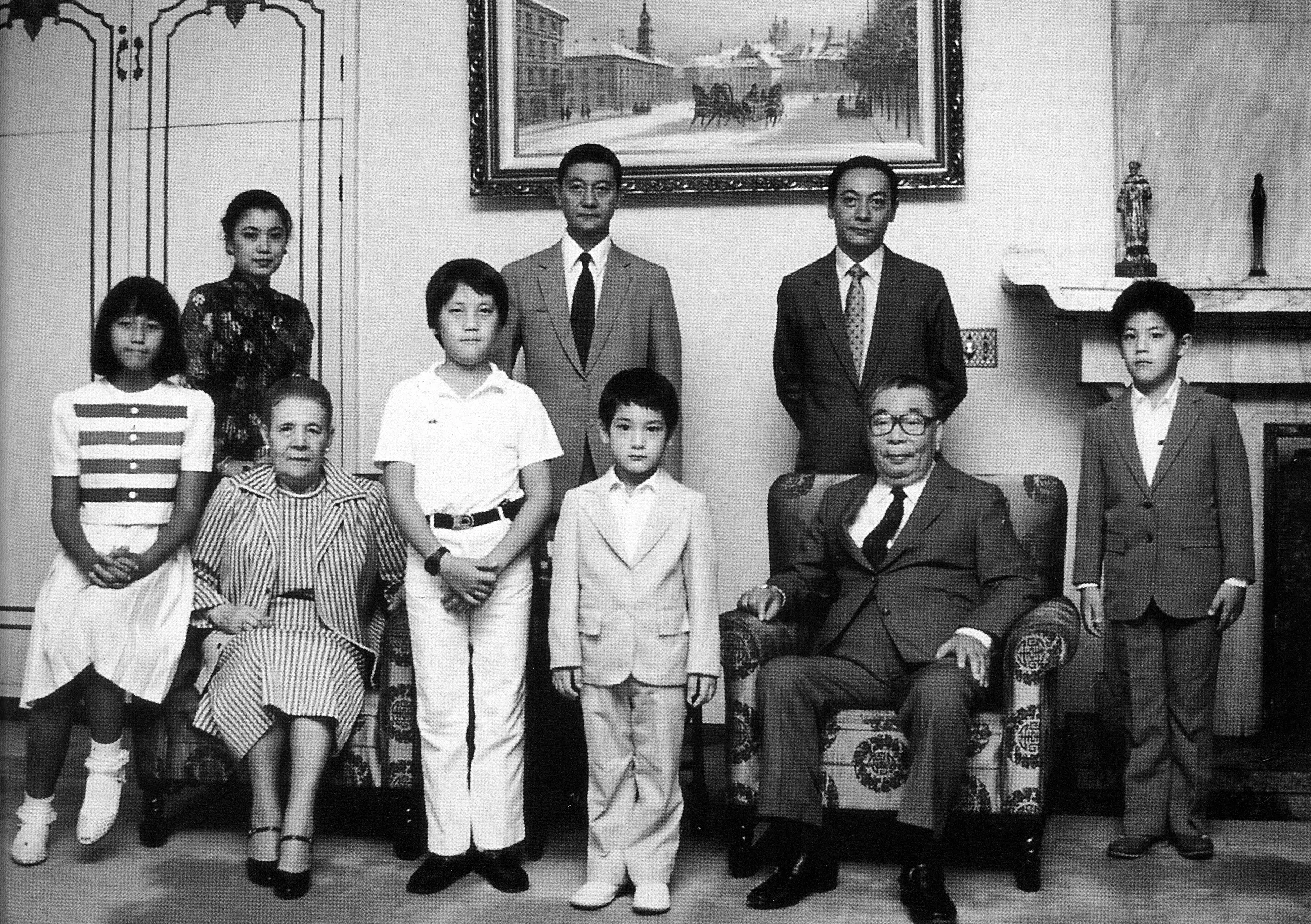
In 1939, Chiang Ching-kuo was sent to southern Jiangxi as an administrative officer, where he had an extramarital affair with his assistant secretary, Chang Ya-juo, who bore him twin sons, John Chang Hsiao-yen and Winston Chang Hsiao-tzu. They bore the surname of their mother, who died soon after giving birth to them.
Given who Chiang Ching-kuo was, the children’s identity was kept hidden but rumours abounded. A more reliable version is that Chiang Ching-kuo had his trusted aide, Wang Sheng, take care of the two brothers and later bring them to Taiwan.
... by Wayne Chiang’s own account, he was taken to meet Chiang Kai-shek’s wife Soong Mei-ling since he was a child, indicating that the older generation and close friends well knew that Chiang Ching-kuo had other children.

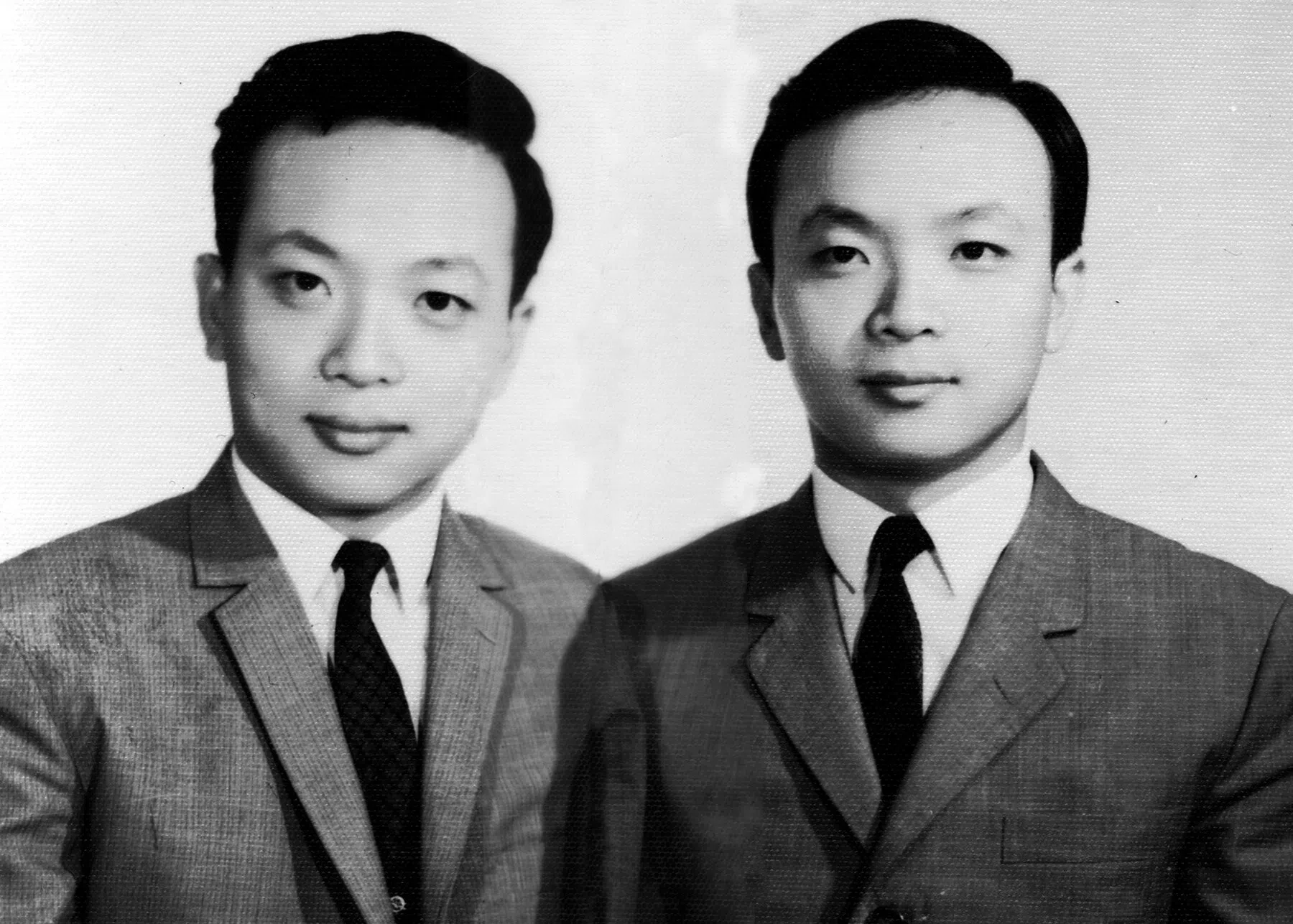

As the Chang brothers could not openly acknowledge their father, they did not have a happy childhood like the legitimate children of Chiang Ching-kuo and Faina. Their early life in Taiwan was quite difficult, having lost their mother at a young age, and not knowing for sure who their father was. But how much did they know of their origins?
Returning to the Chiang surname
In the 1980s, I had often interviewed Chang Hsiao-yen, who served as the director of the North American Affairs Bureau in Taiwan’s Ministry of Foreign Affairs. Through our conversations, I found that he was well aware that Chiang Ching-kuo was his father. At times he would express his dissatisfaction towards his half-brothers, because as “illegitimate sons”, the Chang twins were always shunned; it was reminiscent of the internal strife of a prominent family in a Chinese drama.
Moreover, by Wayne Chiang’s own account, he was taken to meet Chiang Kai-shek’s wife Soong Mei-ling since he was a child, indicating that the older generation and close friends well knew that Chiang Ching-kuo had other children. It was only because Chiang Ching-kuo was the president that these matters were not publicly disclosed.
Chiang Ching-kuo passed away in early 1988 and the political taboo gradually lifted. His complete personal history eventually became known to the public. More importantly, Chang Hsiao-yen took pride in being Chiang Ching-kuo’s son and worked tirelessly across the Taiwan Strait to restore his Chiang family heritage. Eventually, Chang Hsiao-yen and his three children reverted to the Chiang surname.
Wayne Chiang, the youngest child and only son, graduated from National Chengchi University’s Department of Diplomacy and later obtained a law degree from the University of Pennsylvania in the US, becoming a practicing lawyer there. He returned to Taiwan in 2014 and entered politics the following year, winning a seat in the Legislative Yuan.
Now, the fourth generation has produced Wayne Chiang, who, as Taipei mayor, is leading the effort to reshape the KMT’s historical narrative and rebuild the Chiang family’s glorious legacy through democracy, marking a remarkable turn in history.


In 2022, he was elected mayor of Taipei, drawing attention at home and abroad due to his status as Chiang Kai-shek’s great-grandson. His attendance at the Shanghai Twin City Forum as Taipei mayor was particularly well-received by mainland Chinese.
Chiang Kai-shek was once China’s top leader, and Chiang Ching-kuo was regarded as an excellent politician who made significant contributions to Taiwan’s economic development and peaceful transition. However, the third generation of the Chiang family — especially those with Russian heritage — have not made a significant impact and even faced troubles of their own.
Now, the fourth generation has produced Wayne Chiang, who, as Taipei mayor, is leading the effort to reshape the KMT’s historical narrative and rebuild the Chiang family’s glorious legacy through democracy, marking a remarkable turn in history.
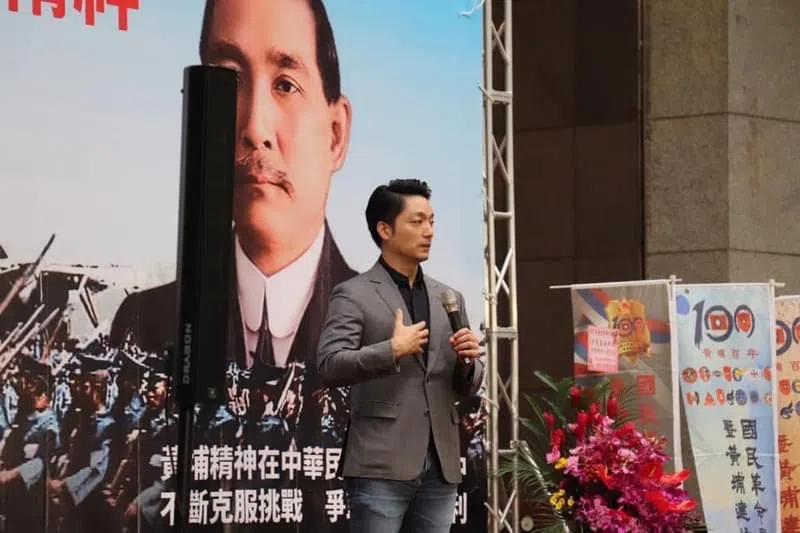

![[Big read] Paying for pleasure: Chinese women indulge in handsome male hosts](https://cassette.sphdigital.com.sg/image/thinkchina/c2cf352c4d2ed7e9531e3525a2bd965a52dc4e85ccc026bc16515baab02389ab)



![[Big read] How UOB’s Wee Ee Cheong masters the long game](https://cassette.sphdigital.com.sg/image/thinkchina/1da0b19a41e4358790304b9f3e83f9596de84096a490ca05b36f58134ae9e8f1)